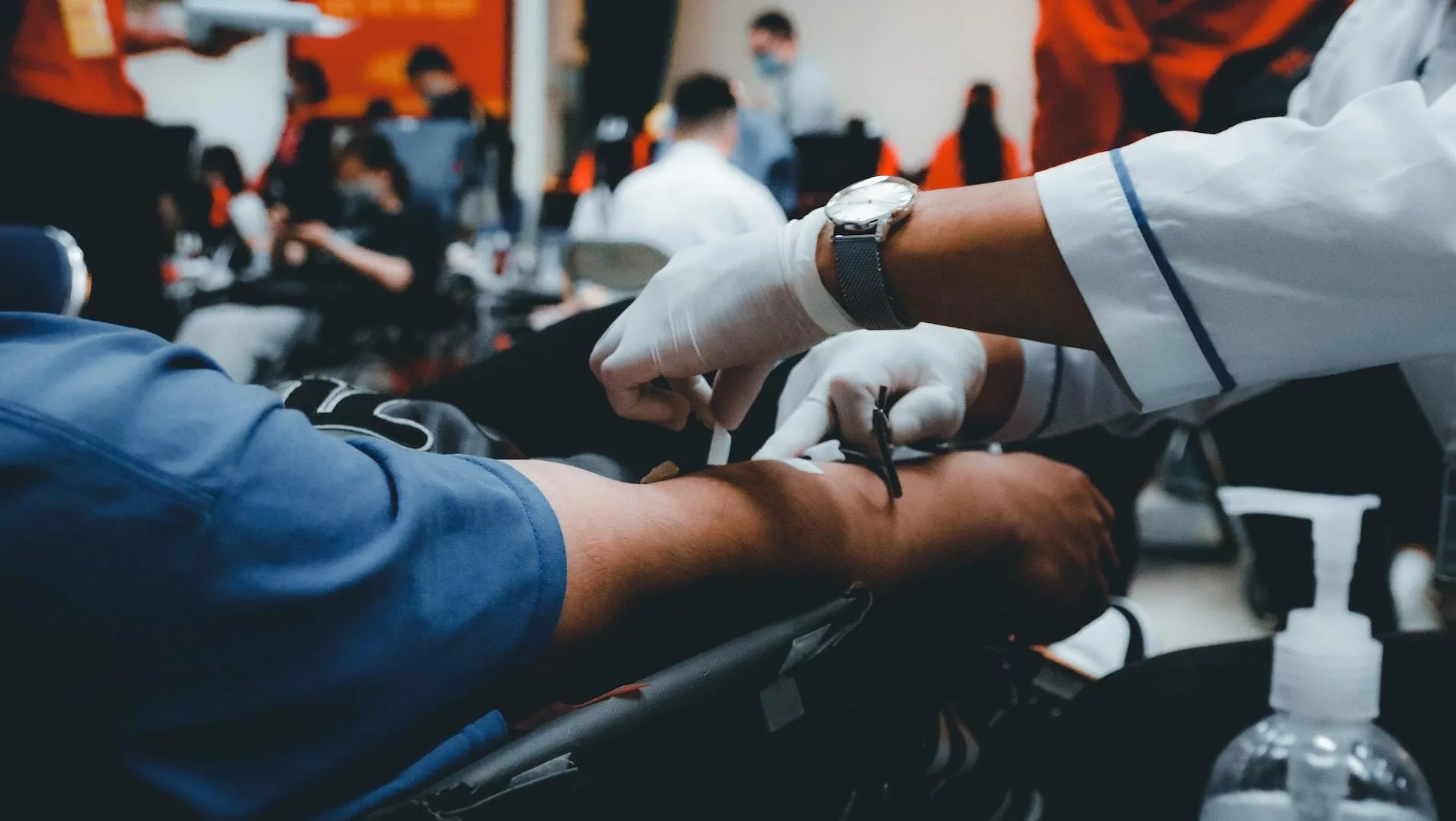Commentary
A New Medicaid Program Could Dramatically Improve Healthcare for Imprisoned People—If States Use It
States can now use federal funds to ensure that people leaving prison have access to healthcare. But states first need to apply to join the program.

The Centers for Medicare & Medicaid Services (CMS) has created a new, exciting pathway for states and localities to use federal Medicaid funds to pay for health care inside prisons and jails. This January, CMS approved California’s application to waive—for the very first time—Medicaid’s “Inmate Exclusion Policy,” which, since 1965, has prevented federal dollars from being used on medical care for incarcerated people. In April, CMS issued instructions on how every state can apply for the same authority. In June, Washington state became the second state approved for the program. Called “Medicaid Reentry,” the strategy promises to dramatically improve health outcomes for imprisoned people, reduce recidivism rates for the hundreds of thousands of Americans released from incarceration every year, and enhance public safety across the country.
Waiving the So-Called Federal “Inmate Exclusion” Provision
Without a CMS-approved waiver, the “Inmate Exclusion” prohibits the use of federal Medicaid funds to finance non-inpatient health care services for people held involuntarily in public institutions, including jails, youth correctional facilities, and prisons. As a result, inadequate health care has been the norm for incarcerated individuals, who suffer disproportionately higher rates of substance use disorder (SUD), mental illness, infectious disease, and other chronic health conditions compared to the general public. Unsurprisingly, many people are in poor health when released. Research shows that people released from incarceration experience a high risk of death in the period shortly after their reentry. One study found that during the first two weeks post-release, individuals’ risk of death is 13 times greater—and their rate of fatal overdose is 130 times greater—compared to the general population.
States that obtain waivers can turn the tide by ensuring that individuals are connected to health care coverage, assessed for health needs, provided care—including for substance-use disorder and mental health care—and set up with community-based care before they leave jail or prison. While each state’s waiver application is unique, California’s approved application, for example, permits federal Medicaid funding to cover vital health services and supports; medications, such as those for mental and substance use disorders; laboratory and radiology services; enhanced case management; and the use of community health navigators up to 90 days before someone is released.
According to CMS state section 1115 waiver data, six states—Illinois, Kentucky, Massachusetts, Rhode Island, Utah, and West Virginia—had pending Medicaid reentry demonstration waivers as of November 9. Several other states, including Arizona, Montana, New Hampshire, New Jersey, New Mexico, New York, Oregon, and Vermont, have developed, or are now developing, Medicaid Reentry waiver proposals per the new CMS guidance and wide recognition of Medicaid Reentry’s immense benefits.
Building Upon A Sheriff’s Model Health Care Program in Fairfax County, Virginia
In Fairfax County, Virginia, the Sheriff’s Office has already established a program to provide high-quality health care, screening, and reentry services without federal funding. In 2022, the office recorded more than 700,000 healthcare contacts—of that number, roughly 80 percent of the jail population received medications, and nearly 40 percent were given medicine specifically for mental and/or substance use disorders (SUDs). The department’s Medication for Addiction Treatment (MAT) program has treated more than 1,500 people with buprenorphine and other FDA-approved SUD medications. The Fairfax County Sheriff’s Office (FCSO) also runs an intensive addiction treatment program led by peer recovery specialists called Striving to Achieve Recovery (STAR). More than half of past STAR participants have successfully reentered the community without returning to jail or prison.
FCSO likewise works to provide reentering people with direct links to outpatient clinics, residential treatment centers, and community resources; bridge medications for opioid use disorder and tools including Narcan and fentanyl test strips; recovery housing scholarships; transportation assistance to access care; cell phones; and backpacks with essential transitional items. FCSO medical and reentry staff work to make connections early on with external healthcare providers and clinics to ensure a continuum of care and ease people’s transition back to the community. Lastly, they assist eligible individuals nearing release with applying for Medicaid or getting coverage reinstated.
Additional funding from CMS via an approved Medicaid Reentry waiver in the state would only help further expand and enhance the services and supports that FCSO—and other jails and prisons throughout Virginia—can offer the individuals in their care.
A Win for Us All
The reality is that 95 percent of incarcerated individuals will eventually return to our shared communities. As such, we must ensure that the hundreds of thousands of people leaving jails and prisons across the country can access the care they need. We all win when formerly imprisoned people become healthy, productive community members. All states should promptly seize this opportunity.
Tracie M. Gardner is the Senior Vice President for Policy Advocacy at the Legal Action Center, a legal and policy organization that works to fight discrimination against, build health equity of, and restore opportunities for individuals and families impacted by the criminal legal system, substance use disorder, and HIV/AIDS.
Sheriff Stacey Ann Kincaid leads the Fairfax County Sheriff’s Office in the state of Virginia, serving over 1.1 million residents in the area. One of her top priorities is to change the way our criminal justice and behavioral health systems interact, resulting in better outcomes for individuals and the community.
